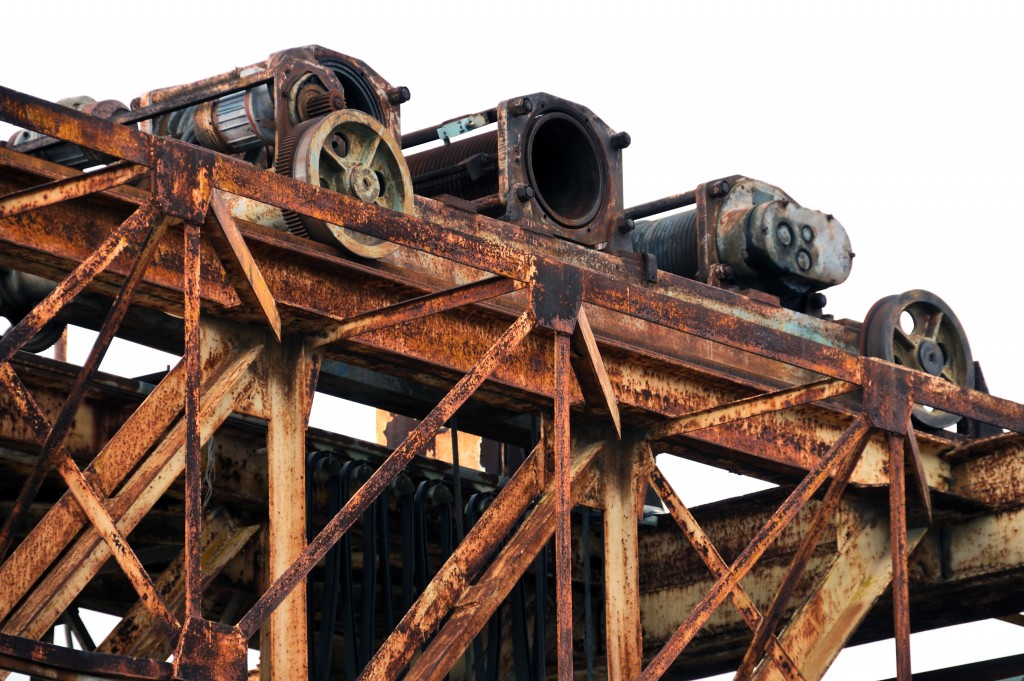Metal equipment and structures are a favorite in many industries because they are durable and cheap. But rust can easily break them. When you run a business that depends on items vulnerable to corrosion, this makes fighting it a significant concern. Fortunately, there are several options available to you.
Use Corrosion-resistant Metals
The simplest way to deal with rust is to avoid the issue entirely. Several metals can resist corrosion well. Stainless steel and aluminum are the two main choices. The problem is that they can be costly. For businesses with limited budgets, it might not be possible to use non-rusting metals in everything. But if something is essential, then you should consider getting it in stainless steel for maximum protection.
Cathodic Protection
Cathodic protection can prevent rust by changing the nature of the metal. Corrosion is an electrochemical process. It needs an anode, a cathode, and an electrolyte. Water is the most common electrolyte, while anode and cathode are the metals in the process. Depending on the electrons in the metals, the anode will start to corrode while the cathode does not. You can track the process by running a low-level current from one metal to another. If you do it right, then the electrons in the target will make it into a cathode, which stops the corrosion process. Called the impressed current method, it protects various metal structures and pipes in different industries.
Sacrificial Metals

An effective way to prevent corrosion is to use other metals to take the corrosion process on themselves. The approach requires another metal like zinc or magnesium and have it placed right beside the area of steel that needs protection. There are several methods to apply the sacrificial metal. Ship hulls and submerged structures use simple positioning to create this effect. You can also cover the metal that needs protection. Galvanized steel is steel coated with a layer of zinc, which stops the steel from corroding while the zinc rusts normally. Some anti-rust coatings use metals in their mix to provide another layer of protection.
Applying Coating
Many of the more sophisticated ways of protecting against corrosion can be expensive. If you have a limited budget, then a simple application of protective coating can be enough. The corrosion process requires direct access to the metal, and a layer of non-metallic substances can be enough to halt the process. It is not as easy as painting over the metal, though. For example, industrial tank painting experts usually recommend several layers of coating for maximum protection. They also recommend frequent reapplication of the coating since the elements can chip away at it, reducing their protective ability.
Proper Maintenance
Corrosion can also creep in when tools and equipment remain dirty. Metal equipment should get a thorough cleaning and oiling after each use. This ensures that no dirt particles are on it when you put it back in storage. If you find any rust patches, remove them before it spreads. You can then apply petroleum jelly or wax to protect your equipment until its next use.
Fighting corrosion is a difficult battle. But when you do it properly, you can expect to get more use from your metal structures and equipment. This can mean savings and better profits for your business.

